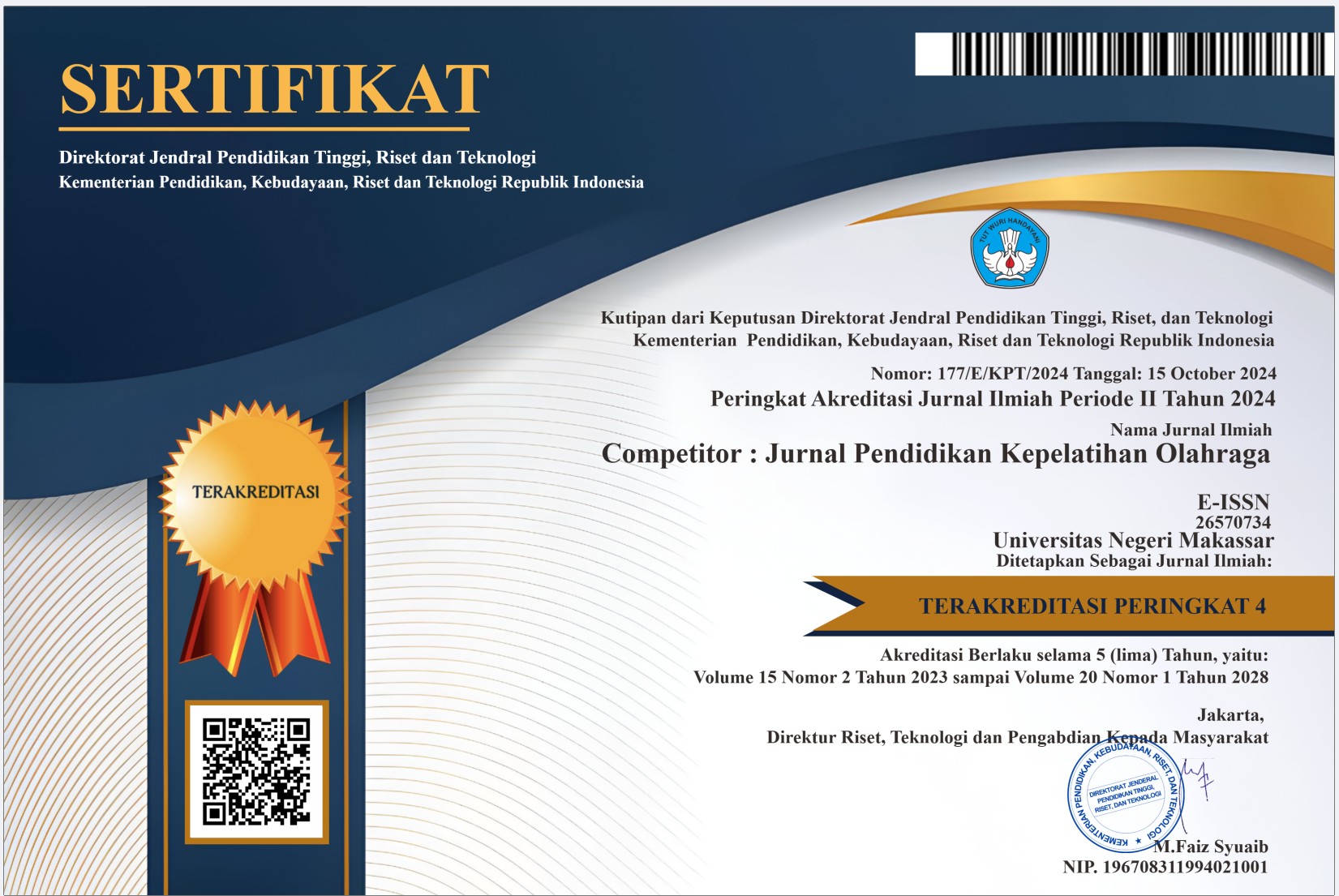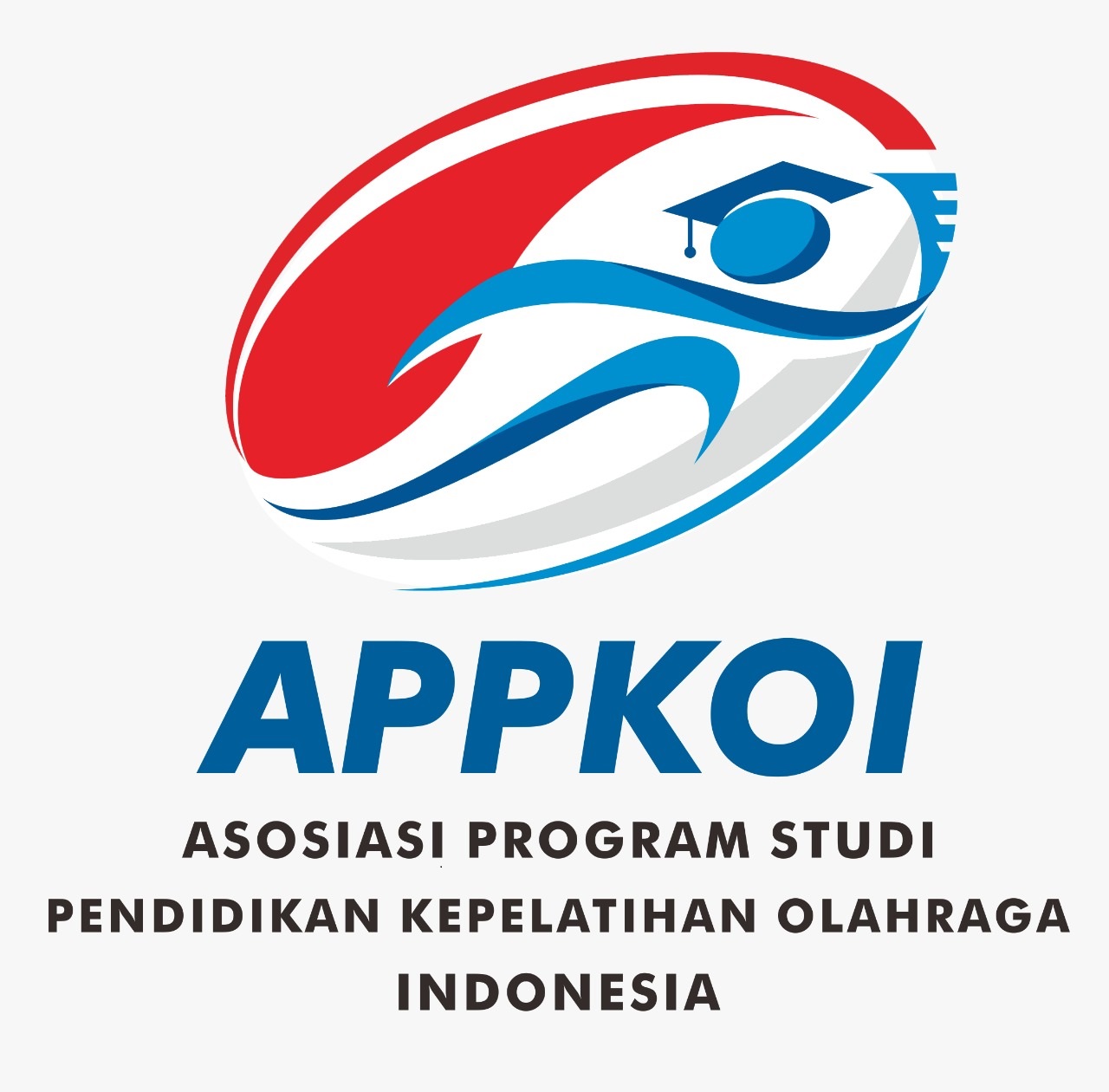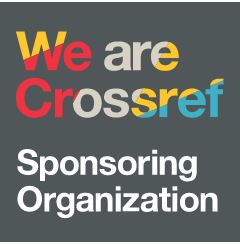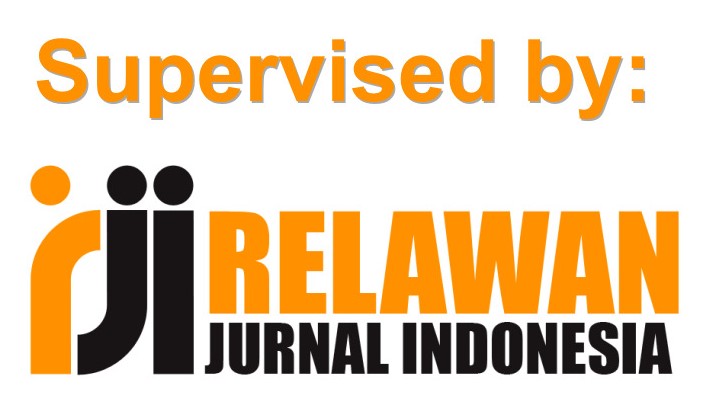Learning Strategies in Physical Education to Improve Physical Fitness: Systematic Literature Review
DOI:
https://doi.org/10.26858/cjpko.v17i2.73755Keywords:
Physical Education, Fitness, Instructional ModelAbstract
Physical fitness plays a vital role in supporting the physical development, cognitive growth, and healthy lifestyle habits of elementary school students. Nevertheless, the delivery of physical education (PE) in many schools remains predominantly conventional, often emphasising routine exercises and lacking innovative pedagogical strategies that effectively stimulate fitness improvement. This study aims to identify evidence-based learning models that significantly improve students’ physical fitness through a systematic literature review (SLR). The research utilised the PICO framework (Population, Intervention, Comparison, Outcome) and adhered to PRISMA (Preferred Reporting Items for Systematic Reviews and Meta-Analyses) guidelines. Relevant articles were retrieved using the Publish or Perish application from databases such as Google Scholar and Crossref, employing keywords including “student physical fitness,” “physical education learning models,” and “teaching style in physical education.” From an initial pool of 1,000 articles published in the last 10 years, seven met the defined inclusion and exclusion criteria. The findings indicate that innovative instructional models such as Project-Based Learning (PjBL), circuit games, Puzzle Run, and play-based approaches are effective in improving cardiovascular endurance, muscular strength, agility, and motor coordination. These active and contextual strategies contrast significantly with traditional teacher-centred approaches, providing more engaging and meaningful physical learning experiences. The review concludes that applying learner-centred, playful, and integrated teaching models in physical education can better facilitate the development of comprehensive physical fitness among elementary students.
References
Ahwan, M. T. R. A., Basuki, S., & Mashud, M. (2023). Meningkatkan Keterampilan Kolaborasi Siswa melalui Aktivitas Kebugaran Jasmani Menggunakan Model Project Based Learning (PjBL) SMA Negeri 3 Banjarbaru. Jurnal Pendidikan Kesehatan Rekreasi, 9(1), 106–119. https://doi.org/10.5281/zenodo.7592832
Akbar, M. A., Mashud, M., & Warni, H. (2024). Physical education learning methods to prevent and handle cases of bullying: systematic literature review. Altius: Jurnal Ilmu Olahraga Dan Kesehatan, 13(2), 201–212. https://doi.org/10.36706/altius.v13i2.68
Bailey, R. (2016). Physical education and sport in schools: A review of benefits and outcomes. Journal of School Health, 86(10), 748–754. https://doi.org/10.1111/josh.12435
Beauty, T. R. C., Nurhasan, N., & Tuasikal, A. R. S. (2020). Pengaruh Model Pembelajaran Permainan Sirkuit Terhadap Peningkatan Kebugaran Jasmani Dan Motivasi Belajar Siswa Dalam Pembelajaran PJOK. Jurnal Ilmiah Mandala Education, 6(2). https://doi.org/http://dx.doi.org/10.58258/jime.v6i2.1499
Bile, R. L., & Suharjana, S. (2019). Efektivitas Penggunaan Model Latihan Kebugaran “Bbc Exercise” Untuk Pemeliharaan Kebugaran Jasmani Mahasiswa. SPORTIVE: Journal of Physical Education, Sport and Recreation, 3(1). https://doi.org/https://doi.org/10.26858/sportive.v3i1.16857
Casey, A., & Goodyear, V. A. (2015). Can cooperative learning achieve the four learning outcomes of physical education? A review of literature. Quest, 67(1), 56–72. https://doi.org/10.1080/00336297.2014.984733
Dobbins, M., Husson, H., DeCorby, K., & LaRocca, R. L. (2013). School-based physical activity programs for promoting physical activity and fitness in children and adolescents. Cochrane Database of Systematic Reviews, (2). https://doi.org/10.1002/14651858.CD007651.pub2
Dyson, B. (2010). Effective inclusion in physical education: A teacher’s perspective. Research Quarterly for Exercise and Sport, 81(1), 64–74. https://doi.org/10.1080/02701367.2010.10599627
Eather, N., Riley, N., Miller, A., Smith, V., Poirier, K., & Lubans, D. (2020). Effects of smartphone-based interventions on physical activity: Systematic review and meta-analysis. Preventive Medicine, 131, 105926. https://doi.org/10.1016/j.ypmed.2019.105926
Ennis, C. D. (2017). Educating students for a lifetime of physical activity: Enhancing mind and body. Quest, 69(1), 4–17. https://doi.org/10.1080/00336297.2016.1224192
Fauzi, A., Kristiyandaru, A., & Tuasikal, A. R. S. (2021). Media Pembelajaran Gaya Komando Untuk Guru PJOK. Jurnal Pena Edukasi, 8(1), 33–42.
Febriyanti, A. D., Putra, M. F. P., & Prakoso, B. B. (2024). Pengaruh model pembelajaran project-based learning terhadap hasil belajar aktivitas kebugaran jasmani. Bima Loka: Journal of Physical Education, 4(2), 55–67. https://doi.org/10.26740/bimaloka.v4i2.30762
Gabriel, T. L., Anamaria, B., & Mihaela, I. T. (2019). A study regarding psychomotor aspects approached by Romanian authors. Journal of Physical Education and Sport, 19, 2297–2304. https://doi.org/10.7752/jpes.2019.s6347
García-Castejón, G., Camerino, O., Castañer, M., & Manzano-Sánchez, D. (2021). Implementation of hybrid pedagogical models in physical education: A systematic review. European Physical Education Review, 27(1), 121–138. https://doi.org/10.1177/1356336X20970130
Goodyear, V. A., Casey, A., & Kirk, D. (2017). Practitioners as producers of knowledge: Insights from a collaborative inquiry. Physical Education and Sport Pedagogy, 22(1), 42–57. https://doi.org/10.1080/17408989.2015.1112770
Guthold, R., Stevens, G. A., Riley, L. M., & Bull, F. C. (2020). Global trends in insufficient physical activity among adolescents. The Lancet Child & Adolescent Health, 4(1), 23–35. https://doi.org/10.1016/S2352-4642(19)30323-2
Hakim, L., Amiq, F., & Sandy Yudasmara, D. (2018). Upaya Meningkatkan Keaktifan Siswa Dalam Pembelajaran Pendidikan Jasmani Menggunakan Metode Bermain Untuk Siswa Kelas V Sdn 2 Pagelaran Kabupaten Malang. TEGAR Journal of Teaching Physical Education in Elementary School, 1(2), 65–77. https://doi.org/https://dx.doi.org/10.17509
Hardman, K., & Green, K. (2011). Contemporary issues in physical education. Routledge.
Harvey, S., & Pill, S. (2016). A review of the game-centred approaches to teaching and coaching literature since 2006. Physical Education and Sport Pedagogy, 21(6), 574–594. https://doi.org/10.1080/17408989.2015.1095871
Hastie, P. A., de Ojeda, D. M., & Luquin, A. C. (2011). A review of research on Sport Education: 2004 to the present. Physical Education and Sport Pedagogy, 16(2), 103–132. https://doi.org/10.1080/17408989.2010.535202
Indah Atifah Anwar, N., & Akbar Syafruddin, M. (2024). Efektifitas Model Pembelajaran Diferensiasi untuk Meningkatkan Motivasi Mahasiswa dalam Mata Kuliah Kebugaran Jasmani. Indonesian Journal of Physical Activity, 4(2), 224–231. https://doi.org/https://doi.org/10.59734/ijpa.v4i2
Invernizzi, P. L., Crotti, M., Bosio, A., Cavaggioni, L., Alberti, G., & Scurati, R. (2019). Multi-teaching styles approach and active reflection: Effectiveness in improving fitness level, motor competence, enjoyment, amount of physical activity, and effects on the perception of physical education lessons in primary school children. Sustainability (Switzerland), 11(2), 1–20. https://doi.org/10.3390/su11020405
Janssen, I., & LeBlanc, A. G. (2010). Systematic review of the health benefits of physical activity and fitness in school-aged children and youth. International Journal of Behavioural Nutrition and Physical Activity, 7(1), 40. https://doi.org/10.1186/1479-5868-7-40
Khamami, K., & Sudarmono, M. (2023). Model Pembelajaran Aktivitas Kebugaran Jasmani melalui Permainan Puzzle Run. Indonesian Journal for Physical Education and Sport, 4(2), 385–393. https://doi.org/https://doi.org/10.15294/inapes.v4i2
Kirk, D. (2010). Physical education futures. Routledge.
Kriemler, S., Meyer, U., Martin, E., van Sluijs, E. M., Andersen, L. B., & Martin, B. W. (2011). Effect of school-based interventions on physical activity and fitness in children and adolescents. British Journal of Sports Medicine, 45(11), 923–930. https://doi.org/10.1136/bjsports-2011-090186
Kuettel, A., & Larsen, C. H. (2020). Risk and protective factors for mental health in elite athletes: a scoping review. International Review of Sport and Exercise Psychology, 13(1), 231–265. https://doi.org/10.1080/1750984X.2019.1689574
Logan, S. W., Robinson, L. E., Wilson, A. E., & Lucas, W. A. (2012). Getting the fundamentals of movement: A meta-analysis of the effectiveness of motor skill interventions in children. Child: Care, Health and Development, 38(3), 305–315. https://doi.org/10.1111/j.1365-2214.2011.01307.x
Lubans, D. R., Morgan, P. J., & Tudor-Locke, C. (2010). A systematic review of studies using pedometers to promote physical activity among youth. Preventive Medicine, 51(5), 307–315. https://doi.org/10.1016/j.ypmed.2010.06.007
Mashud, M., Warni, H., Syamsul, A., Muhammad, F., Pebriyandi, P., & Kristiyandaru, A. (2021). The application of Discord as an effort to increase students’ wellbeing in physical education learning during the COVID-19 emergency. Journal Sport Area, 6(3), 335–348.
Melguizo-Ibáñez, E., Moreno-Guerrero, A. J., Marín-Marín, J. A., & López-Belmonte, J. (2022). Physical Education in the digital era: A systematic review of trends in technology use in PE. Sustainability, 14(6), 3553. https://doi.org/10.3390/su14063553
Mueangsom, N., Kongsuwan, W., & Sookthavil, N. (2021). The effects of physical literacy-based instruction in Thai primary schools. Journal of Physical Education and Sport, 21(4), 1941–1948. https://doi.org/10.7752/jpes.2021.04247
Rahmadi, E., Mashud, M., & Kahri, M. (2024). Model project based learning (pjbl) melalui aktivitas kebugaran jasmani peserta didik dalam pjok. MULTILATERAL: Jurnal Pendidikan Jasmani Dan Olahraga, 23(4), 90–98. https://doi.org/10.20527/multilateral.v23i4.20879
Ramadhan, D. A., & Priyono, B. (2022). Efektivitas Senam Kesegaran Jasmani Indonesia Bersatu 2018 Terhadap Peningkatan Kebugaran Jasmani Siswa di SD Negeri Mintaragen 2 Kota Tegal. Indonesian Journal for Physical Education and Sport, 3(2). https://doi.org/https://doi.org/10.15294/inapes.v3i2
Ratih, S. P., & Susanna, D. (2018). Perceived effectiveness of pictorial health warnings on changes in smoking behaviour in Asia: A literature review. In BMC Public Health (Vol. 18, Issue 1). BioMed Central Ltd. https://doi.org/10.1186/s12889-018-6072-7
Salasiah, S., Rahmadi, R., & Irianto, T. (2020). Instrumen penilaian harian aspek kognitif Pendidikan jasmani olahraga dan kesehatan. Stabilitas: Jurnal Pendidikan Jasmani Dan Olahraga, 1(1), 25–31. https://doi.org/https://doi.org/10.20527/mpj.v1i1.476
Simonton, K. L., Smith, C. A., & Beni, S. (2022). A critical review of global research trends in PE pedagogical models. International Journal of Physical Education, 59(2), 14–27.
Sulistio, A., & Haryanti, N. (2022). Model Pembelajaran Kooperatif (Cooperative Learning Model). Eureka Media Aksara.
Downloads
Published
Issue
Section
License
Copyright (c) 2025 Wenny Adritya, Mashud Mashud (Author)

This work is licensed under a Creative Commons Attribution 4.0 International License.





















